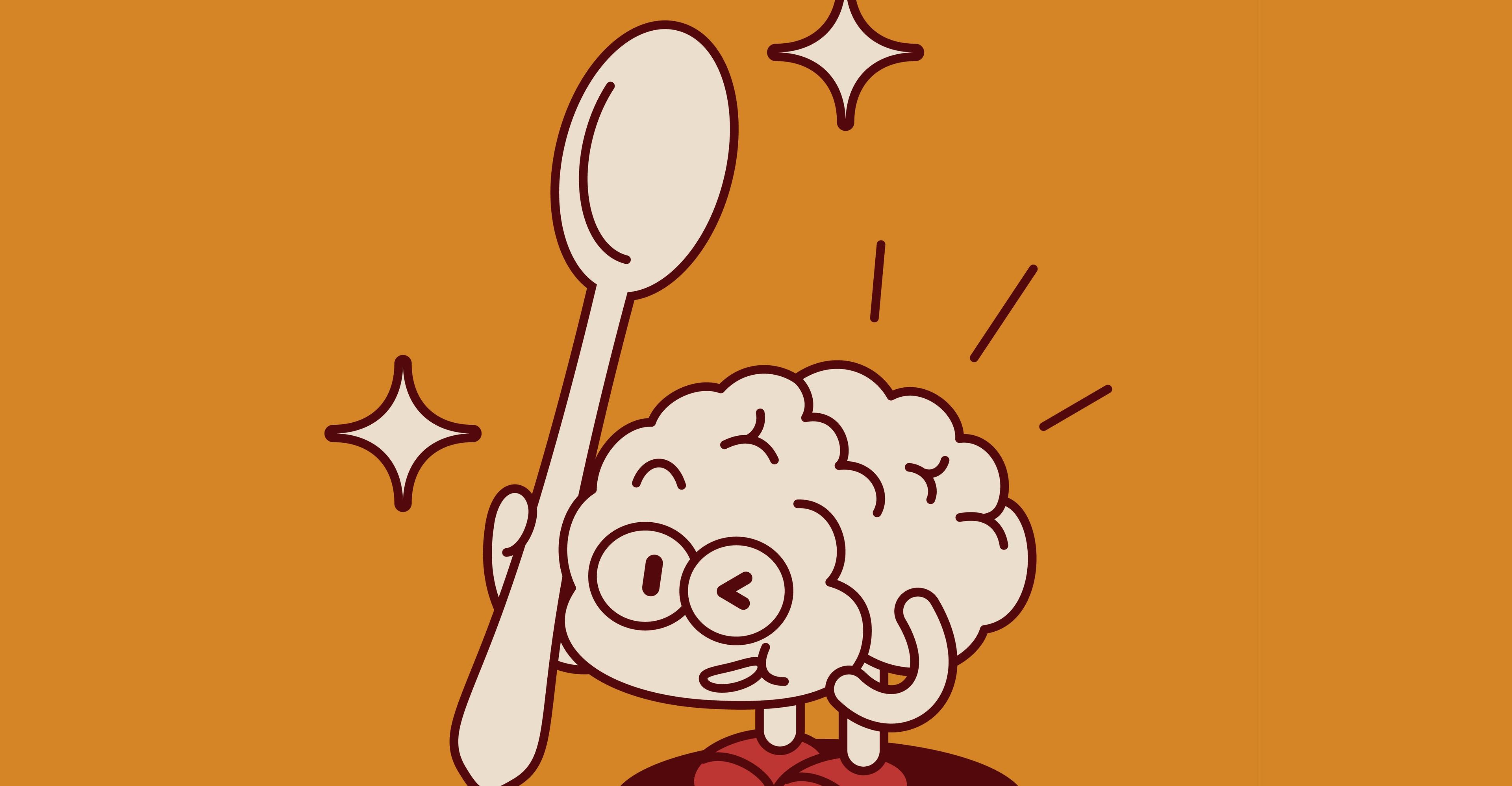The Talented Mr. Ripley is a perfect striver gothic. The Netflix adaptation is lifeless.
Ripley fails to capture what makes Highsmith’s book so compelling.


First, the bad news: Netflix’s new show Ripley, based on Patricia Highsmith’s immortal novel The Talented Mr. Ripley, is a snooze.
It’s shot beautifully. Under the auspices of showrunner Steven Zaillian (the screenwriter for the movie Schindler’s List, among others) and Oscar-winning cinematographer Robert Elswit, Ripley renders its exquisite Italian landscapes and architecture in gorgeous, sinister black and white. The camera is forever panning across a Caravaggio or a palazzo, leaving your eyes time to linger. Each frame is elegantly composed.
Yet everything happening within those frames is so boring that it feels like a waste of beauty — not to mention a waste of a more than capable cast. Andrew Scott, who has been so charismatic and emotive in Fleabag and Sherlock and All of Us Strangers, plays Ripley with a careful detachment, as if he’s been warned not to try to make the audience feel anything. Likable Johnny Flynn (Emma., Lovesick), in the less showy role of Ripley’s callow mark Dickie, has himself so reined in that it becomes difficult to understand why Ripley is so drawn to him in the first place. The spark between them that is meant to set the whole plot ablaze ends up feeble and barely visible. (It doesn’t help matters that both Scott and Flynn are over 40, making it difficult to buy them as the sort of just-out-of-college gallivanters whose worried parents might plausibly be keeping a too-close watch on them.)
The biggest waste, though, is the waste of the story itself. Highsmith’s The Talented Mr. Ripley is a particularly stylish entry in a highly specific grouping of stories that are currently having a bit of a moment. Besides Netflix’s Ripley, last fall’s Saltburn launched a thousand internet arguments. Donna Tartt’s The Secret History remains the darling of the dark academia readers of TikTok. This is the genre I’ve started to call “striver gothic,” the stories of pretenders striving to make it among the careless and idle wealthy, even if they have to kill to do so. They are stories about how even for the smoothest operator, the sheer force of wanting can eat you alive.
Highsmith’s The Talented Mr. Ripley is a perfect iteration of the striver gothic. Netflix’s Ripley does not stick the landing. Looking at the ways it falls apart can tell us a lot about why these stories appeal to us.
Toward a working definition of “striver gothic”
Striver gothic is a term I developed with my friend Kirsten Carleton to describe stories that pull from a specific set of tropes. Here are the basics:
An outsider main character is desperate for inclusion in a rarified upper-class world. He (and this character usually is a he) is the striver, and it is his desire to ascend from the bourgeoisie to the upper class that powers the story. The upper class is represented in metonymy by a friend group or family with intense, almost cultish insider dynamics. Frequently their group dynamic was formed within the cloistered walls of a school, creating some overlap between this genre and dark academia. They are either Ivy League or Oxbridge — or they borrow the aesthetic. A country house or manor represents sanctuary, prize, and inclusion within the group. The main character is obsessed with the leader of the group, frequently with queer undertones: Do I want to be him, or do I want to be with him? Identities are doubled and doppelgängers abound. There will be at least one murder, committed either by the striver or by the group he is trying to infiltrate. The boundaries of this world are guarded fiercely, and any attempt to break them ends in death.The nonnegotiables of the striver gothic are a striver and a murder. Everything else you can fiddle with.
For its part, in Netflix’s Ripley, Dickie, his girlfriend Marge, and his friend Freddie are the upper-class friend group that striver Tom longs to penetrate. In his attempt to get there, Tom murders Dickie and takes over his identity, then murders Freddie, too, to cover the whole thing up. Ripley doesn’t quite have a country house (Tom does briefly move into Dickie’s Italian country home, although he prefers city palazzos), but the rest of the tropes are all there. Tom doesn’t have to long for Dickie’s house when he can simply take over Dickie’s whole identity instead.
Brideshead Revisited set the template for this genre. It is not a striver gothic in and of itself; it’s not gothic and it contains no murders. It is nonetheless a striver story, with middle-class Charles seduced into a corrupt and decadent wealthy world via his love for aloof, androgynous Sebastian and the enchanted realm they build together at Oxford in the 1920s. In some ways, all the striver gothic stories are attempts to play out the subtext of Brideshead, to bring its suppressed gay longings and its numbed wartime rages out into the light of day.
That is in part what happens in The Secret History, perhaps the most complete entry in the genre. There, Richard the pretender makes his way into the rarified world of his college’s classics students by helping them commit and cover up a murder so that they’ll let him stay at their picturesque country lake house. In The Secret History, Richard’s desire for inclusion in the group crosses the line into sexual desire more than once, and the group’s aversion to anyone who betrays the aesthetics of their class is what turns them murderous.
Meanwhile, Saltburn wears its derivative nature on its sleeve and straightforwardly places the action of Ripley into the setting of Brideshead. It’s a movie that cannot quite decide if it’s going to be a pastiche, a subversion, or a straight iteration of the striver gothic, which is part of why it’s such a mess.
I haven’t made a conclusive list here. Tana French’s The Likeness and arguably Daphne du Maurier’s Rebecca are both striver gothics with female strivers. The movie Bodies, Bodies, Bodies parodies the genre, and the most recent season of You sends the murderous Joe Goldberg into a Secret History-style world. Popular culture abounds with strivers.
But Tom Ripley is unique. Where Brideshead’s Charles is too earnest, Secret History’s Richard too opaque, and Saltburn’s Oliver simply too psychologically improbable, Tom Ripley is endlessly, delightfully fascinating. That’s probably why people have told his story so many times.
Tom Ripley is the ultimate striver
Patricia Highsmith’s Tom Ripley is a man who is always hunting or being hunted.
Highsmith drops us straight into Tom’s paranoid, obsessive head from her first page. Her novel opens with Tom fleeing from one bar to another, certain that he’s being followed by the police and that they’re going to arrest him for one of his many petty crimes of forgery and fraud.
Tom’s right that he’s being followed, but his pursuer isn’t a police officer. He’s the father of Dickie Greenleaf, an old acquaintance of Tom’s, who thought he recognized Tom and wanted to come say hello. As soon as Tom understands this, he pivots effortlessly. He stops worrying about what his pursuer might have on him, and he starts thinking about what he might be able to get out of his pursuer.
In this case, it turns out that Tom can get quite a lot out of Dickie’s father. Dickie, it develops, has been in Italy for years, refusing to come home to New York, no matter how much his parents beg him. With the gentlest of pushes from Tom, Dickie’s businessman father hits on the plan of having Tom go to Italy to persuade Dickie back home — all Tom’s expenses to be paid for on the Greenleaf dime.
That’s how Tom Ripley works. He sees the world in a binary of hunter and hunted, target and prey, and always, he is determined to come out ahead. His philosophy is not to worry about the future because something always comes up, and as such, he burns his bridges merrily and without hesitation. It’s nothing new to Tom to have angry people after him, and someone new will always happen along whom he can use to get himself out of one bad situation and into a new one.
There are a lot of sociopaths in literature, but Tom is a peculiar one, an intelligent man who acts almost purely on instinct. He is suave enough to grant the reader pleasure at his exquisite taste, but always wrong on one or two telling details that the truly wealthy observer will inevitably pick up on, marking him as a class pretender. He’s self-aware enough to be funny, but he’s emotionally obtuse enough to miss the subtext in half his conversations and to lie to himself about the other half.
Tom’s contradictions, his combination of playfulness, methodical care, and murderous caprice, are part of what make The Talented Mr. Ripley stand out among its peers in the striver gothic. Tom is a striver among strivers, at once fiercely focused on his goals and incapable of considering them too closely. When Tom decides that what he wants, more than anything in the world, is to make Dickie like him, he doesn’t bother to consider closely what it is about Dickie that attracts him, whether he longs for Dickie’s wealth and easy lifestyle or whether he longs for Dickie’s love and admiration for their own sake. He simply identifies his target and acts to reach it.
Why Ripley fails
Netflix’s Ripley is the third major adaptation of Highsmith’s novel and, in some ways, the most faithful. It is also the weakest artistically.
In 1960, the French director René Clément transformed Ripley into Plein Soleil, marketed in the US as Purple Noon. There, Tom becomes a suave and beautiful con artist, more Thomas Crown than Tom Ripley, and he murders his friend less out of frustrated desire than out of rage at his sadism. In Clément’s hands, the story is no longer striver gothic, but it is a sun-soaked and brutal piece of filmmaking.
Probably the most successful adaptation is also the most famous: Anthony Minghella’s 1999 The Talented Mr. Ripley, with Matt Damon as Tom and Jude Law as Dickie. Minghella’s film doesn’t match entirely with Highsmith’s version of the characters. After Highsmith’s Tom murders Dickie, he falls asleep that night “happy, content, and utterly, utterly confident,” but Damon renders Tom a vulnerable sweetheart of a character who weeps as he kills. Moreover, while Highsmith’s Tom is utterly isolated, Minghella invents two new characters he can talk to, through which the audience can learn exactly what the enigmatic Mr. Ripley is thinking. Through those conversations, and through Minghella’s ecstatic camera as it pans over his beautiful actors on luminous Italian beaches, we can see exactly how Tom’s obsession with Dickie takes seed and blossoms, until he feels he has no choice but to murder in the face of Dickie’s rejection.
Ripley is a straight adaptation. It contains barely a scene that does not appear in Highsmith’s book; hardly a scene that does appear in Highsmith’s book gets omitted. What gets left out is Tom’s sense of playfulness, the fun he finds in lying and deceiving. Where Highsmith’s Tom is prone to giggle fits when he thinks of his crimes, Zaillian’s stays sad-eyed and grim. Under Zaillian’s restrained touch, the emotional connections that drive Tom to kill are barely sketched in. Instead, we spend inordinate amounts of time watching him cover up his crimes: lugging bodies painfully and silently around and then scrubbing up the blood.
Highsmith, too, pays attention to the details of Tom’s coverups. But she writes about those details with panache. She delights in the elegance and thoroughness of Tom’s work. She makes it glamorous. Zaillian makes it hard and dull and unpleasant. This is doubtless an emotionally accurate depiction of what it’s like to dispose of dead bodies, but who comes to Ripley for that?
We come to Ripley for Tom Ripley himself. Tom’s flair, his playfulness, his social adroitness mixed with profound blindness regarding his own desires for human intimacy — these are the elements that make this subgenre compelling.
One of the pleasures of the striver gothic is the deep ambiguity about why, exactly, the striver is working so hard to get in with the group he’s targeted. Is he doing it because he genuinely likes them? Or because he likes their lifestyle? By extension: Is the genre about how much we long for intimacy from the people we admire? Or is it about how much we long for their money and their beautiful things?
Well, after all, asks Tom Ripley: Why can’t it be both?
Water aggression against Pakistan: India curtails Jhelum flows after Chenab
- 4 hours ago
ATC acquits SM Qureshi, awards 10-year sentences each to Dr Yasmeen, Ejaz Chaudhry in May 9 case
- 9 hours ago
Morocco beat Jordan 3-2 after extra time to clinch Arab Cup
- 10 hours ago

Gold prices plunge in Pakistan, global markets
- 10 hours ago
Soccer legend Ronald debuts in Hollywood, to play key role in upcoming movie
- 9 hours ago
Gunman in Brown University shooting found dead, linked to MIT killing
- 10 hours ago
PM Shehbaz performs groundbreaking of Centre of Excellence for Autism
- 10 hours ago

The mass shooting on Australia’s Bondi Beach, briefly explained
- 19 hours ago
UN experts raise objections on India's unilateral actions of May 7 inside Pakistan
- 10 hours ago
PMD to install Advanced Automatic Weather Stations
- 9 hours ago
Harrison Ford to get lifetime acting award
- 4 hours ago
More than 42mn children administered polio vaccination during final polio drive in Pakistan
- 8 hours ago












